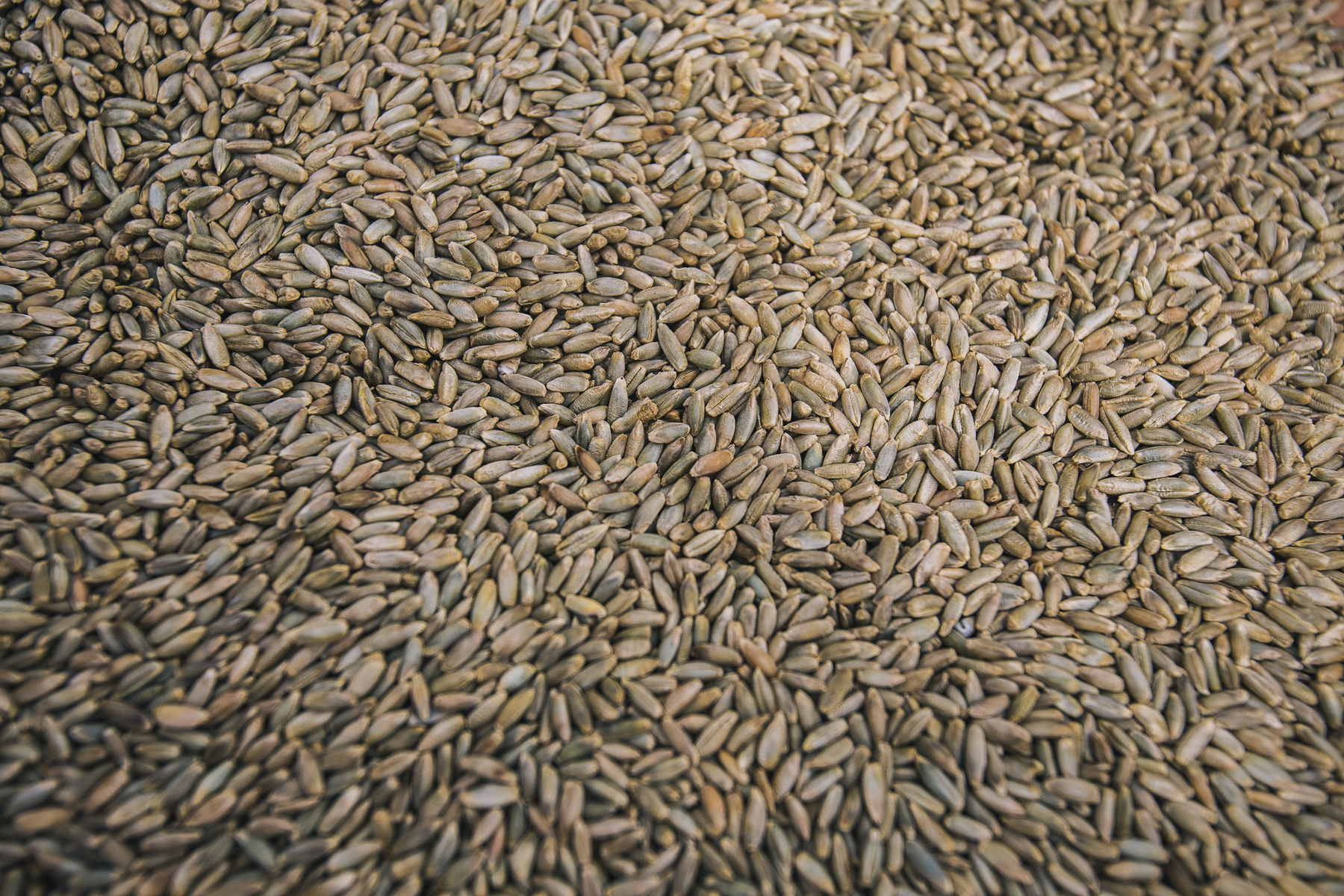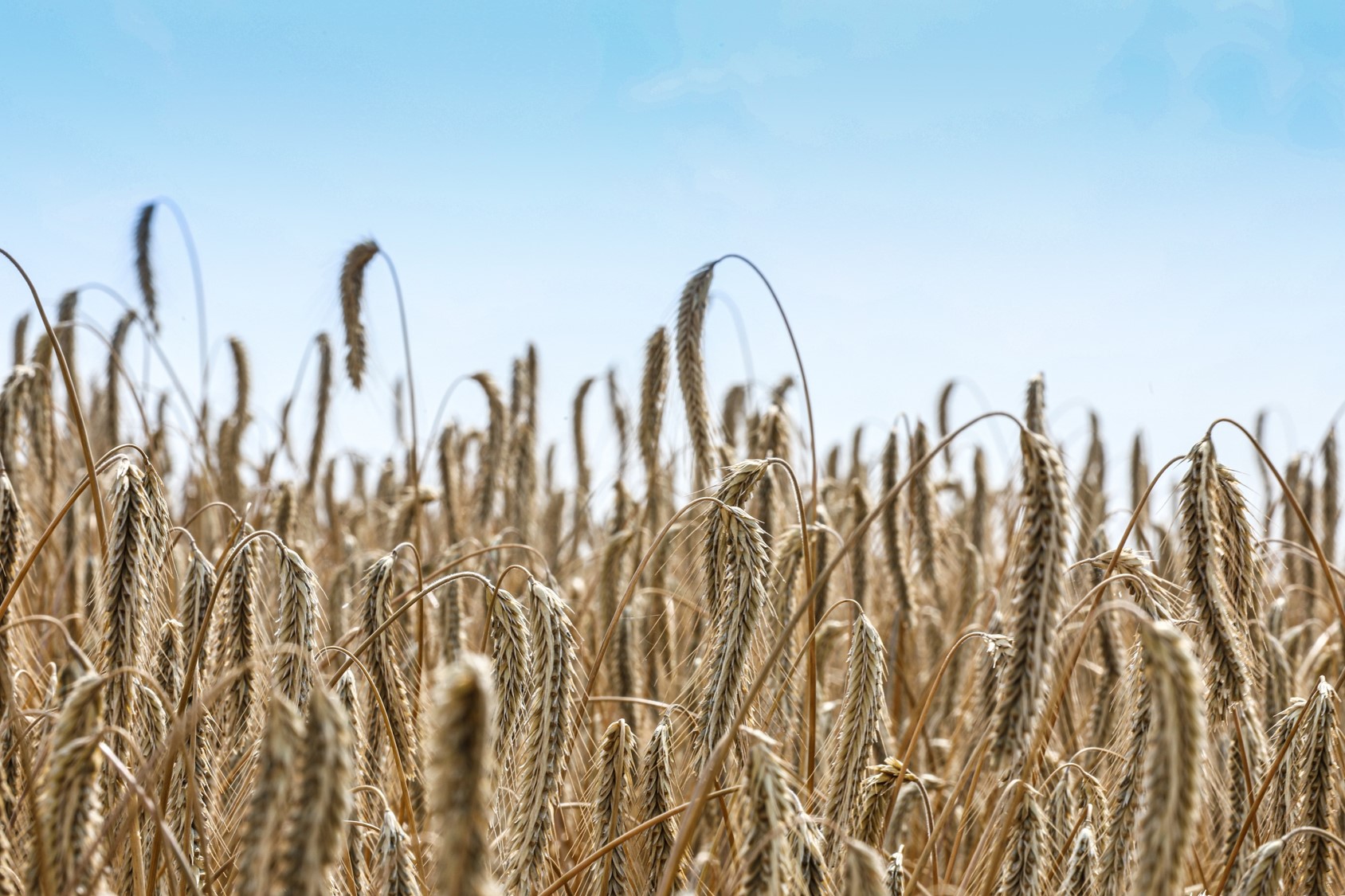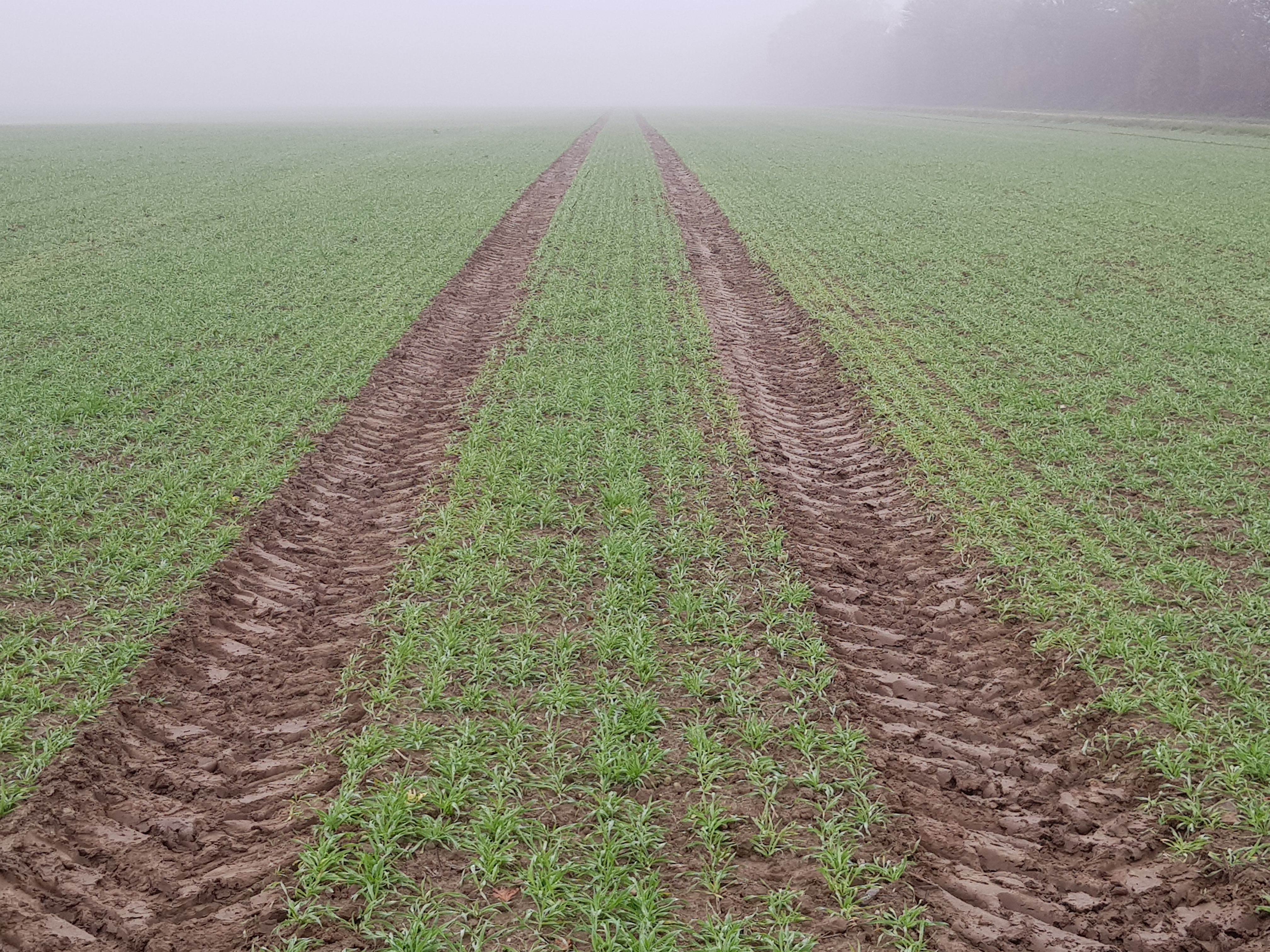Minimising ergot in hybrid rye starts with the right genetics
Producers sowing hybrid rye this season should ensure their seed has strong ergot control genetics and that they understand the importance of these, says KWS’ John Burgess.
With a 25% increase in rye predicted for 2021 taking the total UK area to 50,000ha, many growers will be trying the crop for the first time whilst others are still unsure how to minimise potential ergot issues, he says.
“Not all hybrid rye seed is the same. Looking at the crops in the field in the run up to harvest it is easy to see the difference between crops that have ergot protection and those that don’t.
“Millers are already rejecting crops with small amounts of ergot present and it is likely a ‘zero tolerance’ policy will be introduced by 2023, so it is vital growers choose seed with protection against this.”
The higher the amount of pollen a crop produces, the greater the level of fertilisation that takes place and the more the protection against ergot, he explains.
“At KWS we select parent restorer lines that maximise pollen shed and this forms the basis of our PollenPlus technology which has been shown to reduce ergot contamination providing a valuable insurance policy for growers.
“Around two decades ago, the long-term decision was made to move away from producing a mixed 90%+10% hybrid + conventional seed unit. Instead, farmers buying KWS seed now are purchasing 100% F1 hybrid seed – without any mixture.
“This does mean our hybrid rye seed is slightly higher in price than others, but the end result is significantly reduced ergot levels and quite often the difference between an easily saleable crop and one that requires costly colour sorting.”
Without PollenPlus, growers are left to management interventions with the success of these very dependent on the weather, he explains.
“Foliar fungicides, for example, do not give commercially acceptable levels of control and a cold winter followed by a wet summer, specifically high rainfall contributes significantly to ergot pressure.
“The best approach is therefore to use PollenPlus hybrid rye seed as your starting point and then implement a proactive ergot management strategy alongside this.”
Key decisions to reduce ergot
Rosemary Hall, an independent technical consultant at Crop Research Services and an agronomy adviser to Jordans Ryvita, says avoiding rye after rye is a good place to start in terms of cultural control to minimize ergot issues.
“It’s also a good idea to avoid growing rye after other susceptible crops such as spring barley. Where ergot infections have occurred in spring barley, adapt the rotation or plough. Ergot sclerotia can survive in the soil for up to a year in the right conditions.
Growers should aim to get the crop away cleanly and take all appropriate steps to achieve this, she says.
“Widening tramlines at drilling to ensure the side of the crop is not run on to avoid secondary tillering is key, it is often the late secondary tillers that are highly infected.
“Ergot levels are much higher where rye does not establish well, leaving thin or bare areas particularly on headlands and within tramlines.
“The increased ergot levels in these areas is due to the spores being able to easily infect the grain sites due to lack of pollen in the crop. Boron and Copper are key for fertility.
“When the crop is established, avoid applying liquid fertiliser directly behind the sprayer wheels as this will help to avoid secondary tillers which are at greater risk of ergot infection and avoid fields close to water sources as these are at higher risk than others.”
No matter how good the seed, combining good crop management practices with modern genetics is the key to minimising risks from contamination.
Protecting the future
John Burgess says that whilst complete resistance to ergot is not possible no matter how good the seed, combining good crop management practices with modern genetics is the key to minimising risks from contamination.
“Modern day genetics allow rye to ‘escape’ the risk of ergot contamination via surplus pollen production and we are convinced the investment in 100% F1 PollenPlus hybrids will always be worthwhile for growers.
“New generation hybrid rye varieties KWS Serafino and KWS Tayo combine PollenPlus technology with excellent all round agronomics and outstanding yields.
“Keeping ergot levels as low as possible now whilst ensuring the knowledge and genetics are there to continue this is in the future is essential.
“Not only will this ensure high yields of exceptionally marketable crops when stricter ergot guidelines are introduced, it will also be of great benefit to the wider industry as rye becomes increasingly popular with millers and consumers alike.”
Your consultants






